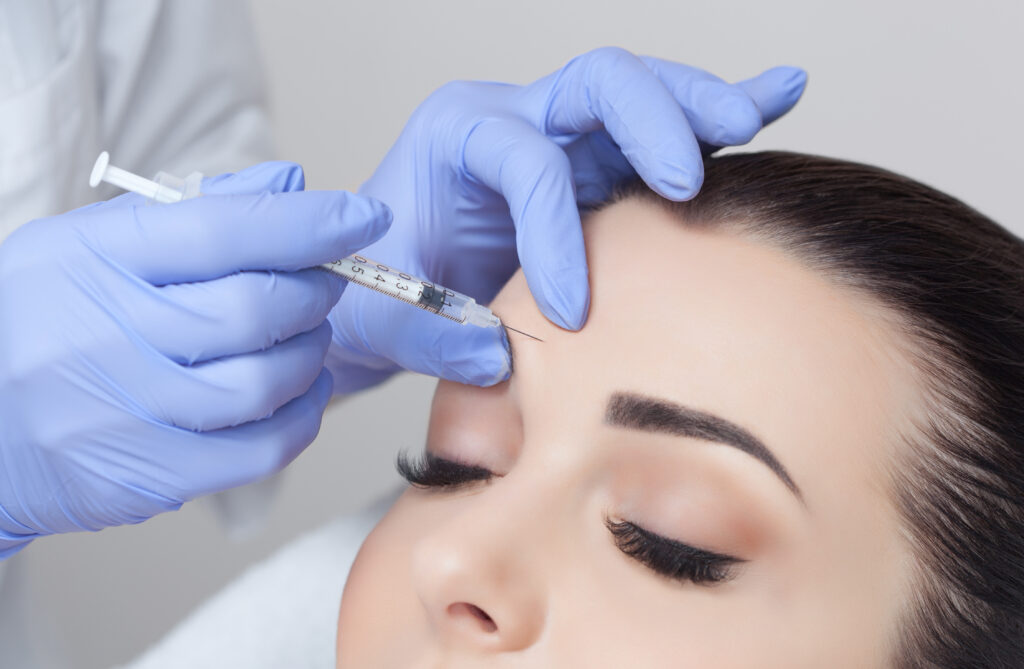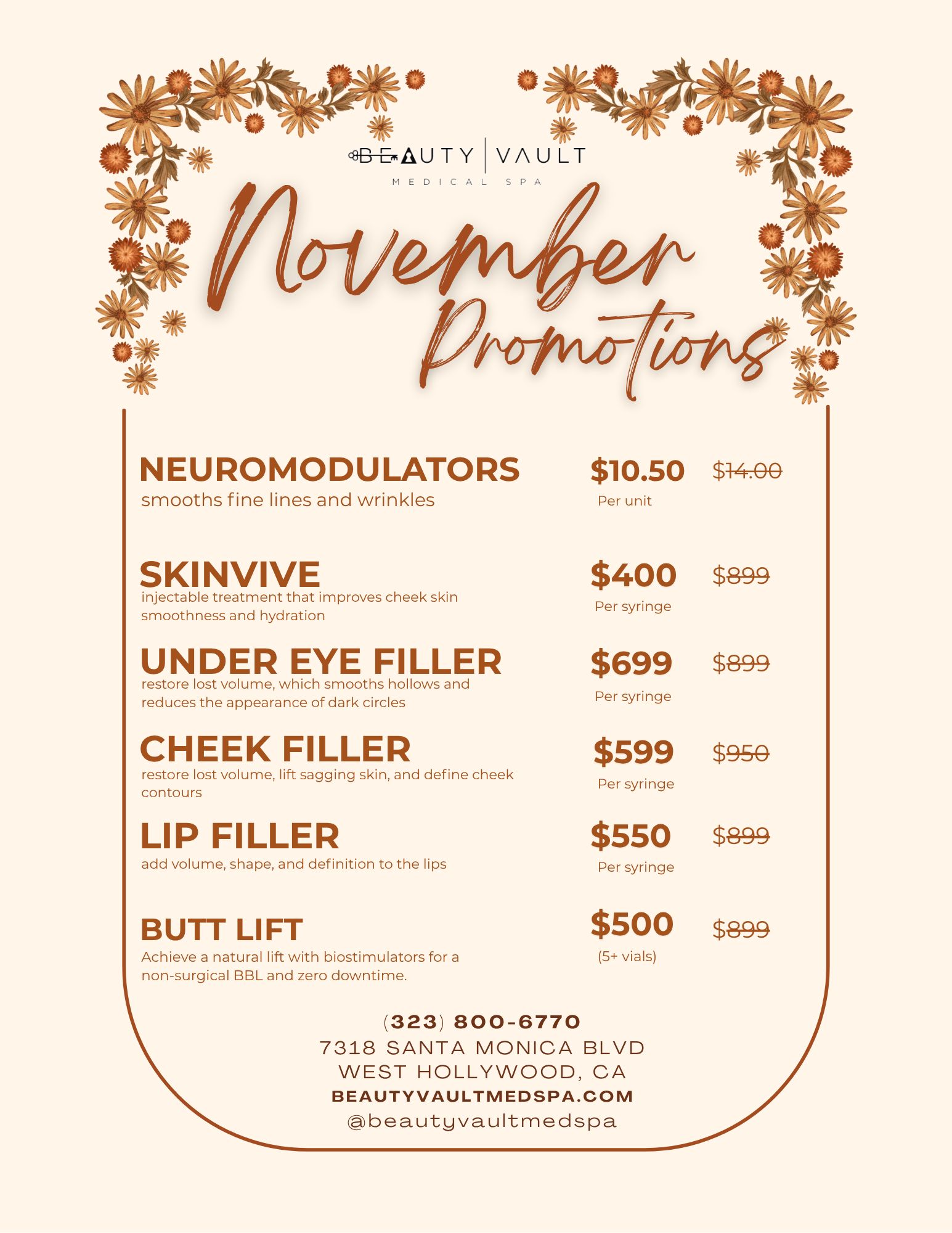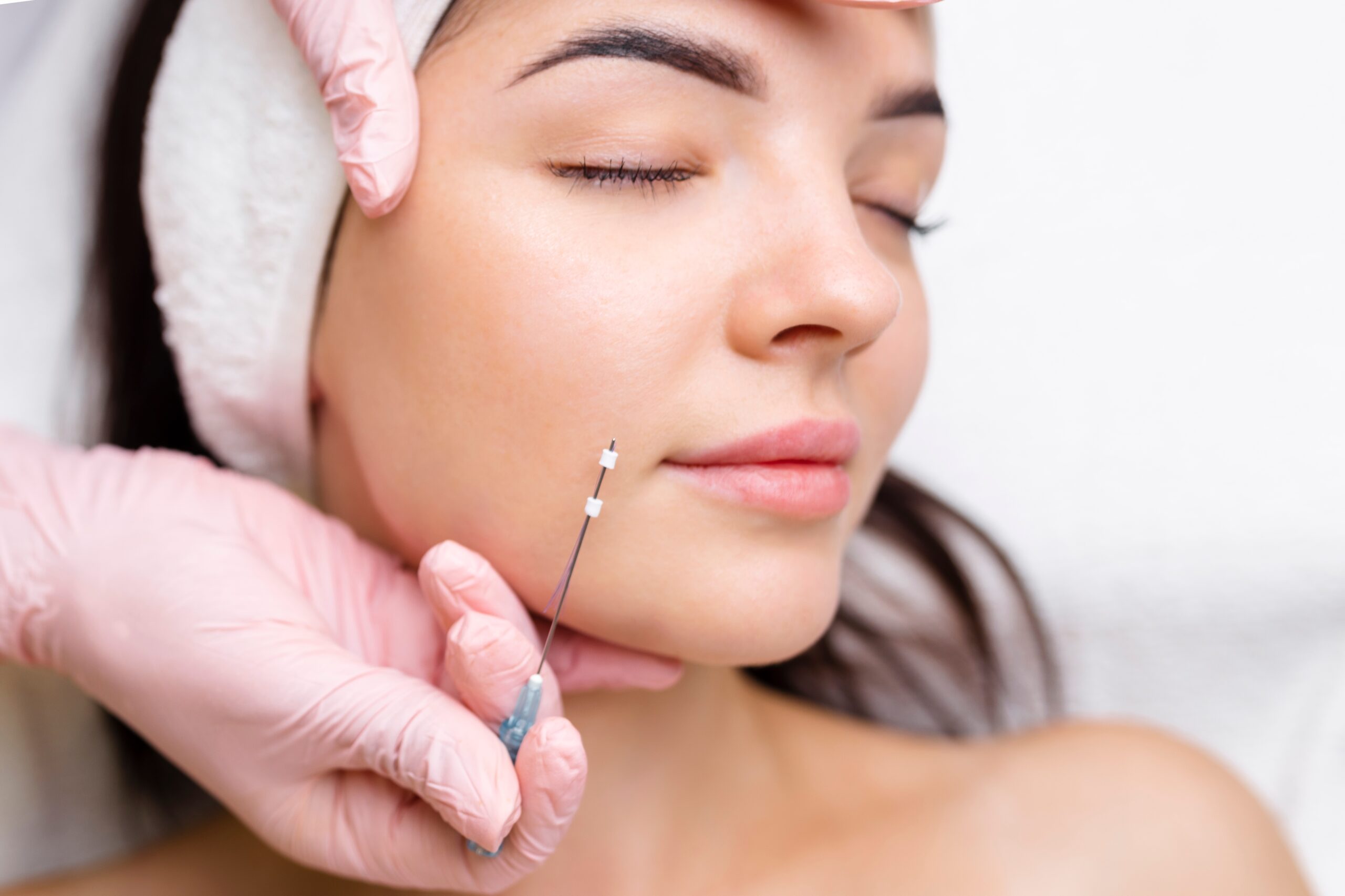Preventative Botox is among America’s most popular cosmetic procedures. People in their 20s and 30s often wonder if they should start using Botox before deep wrinkles develop to preserve their youthful appearance.
Your skin’s unique characteristics and other factors determine the right time to begin. Understanding the benefits and risks will help you decide if preventative Botox treatment suits your needs at this time in your life.
Why Preventative Botox Is Gaining Popularity in 20s and 30s
Young people in their 20s and 30s have increasingly adopted preventative Botox treatments. What is compelling this shift?
Preventive Botox vs. Reactive Treatments
Preventative Botox works differently from reactive treatments. The goal is to prevent wrinkles from forming rather than smoothing out existing ones. This strategy uses smaller amounts of Botox to relax facial muscles before repeated movements create lasting lines.
Dermatologists believe early Botox treatments might reduce the need for bigger procedures later. They compare it to keeping a room clean before it gets messy—addressing aging signs early.
Changing Attitudes Toward Aging
More young people nowadays see cosmetic treatments as part of their wellness routines and proactive beauty care rather than time-reversing fixes. People in their 20s and 30s use preventative Botox to take charge of aging rather than accept it passively. Botox has become a choice that strengthens confidence instead of something to hide.
In fact, today’s young adults talk about their treatments openly with friends and on social media, unlike previous generations who kept them private. Communities now celebrate preventative skincare and cosmetic treatments instead of judging them. This matches the current wellness trends that promote active health management in every part of life.
How Preventative Botox Works to Delay Wrinkles
Preventative Botox has become a go-to treatment to delay wrinkle formation, and the science behind it explains why.
Botox for Wrinkle Prevention: Neuromuscular Blocking
Botox (botulinum toxin type A) acts as a neurotoxin that targets nerve-muscle connections. The treatment blocks the release of a neurotransmitter that makes muscles contract. This blockage helps relax specific facial muscles, preventing them from making repeated movements that create wrinkles.
Traditional and preventative Botox use the same technique, but timing sets them apart. Preventative treatments start before deep wrinkles appear, focusing on areas where repeated muscle movements create creases—the forehead, between eyebrows, and around the eyes. Practitioners use smaller doses to subtly reduce muscle activity without freezing facial expressions completely.
Effect on Expression Lines and Muscle Memory
Preventative Botox delays wrinkle formation in two main ways. The treatment relaxes underlying muscles to stop the skin from creasing along expression lines. It also “retrains” facial muscles, modifying normal muscle behavior so that they contract with less force. Long-term users might need treatments less frequently because of this effect.
Research shows Botox does more than just stop muscle movement. The facial feedback hypothesis suggests facial muscles communicate both ways with the brain’s emotional regions. Blocking signals from facial muscles—especially the “frown muscles”—could change how the brain processes emotions. This link between facial expressions and emotions illustrates how preventive Botox might impact both appearance and emotional experiences.
When to Get Preventative Botox: Timing and Triggers
The right time to start preventative Botox doesn’t depend on a specific age; it varies from person to person. However, most people notice their first aging signs in their mid-to-late 20s or early 30s. This is when fine lines start to appear, making it a common time to begin treatments.
When to Start Preventative Botox Based on Skin Type
Your skin type is a vital factor in deciding when to start preventative Botox. Individuals with thinner skin may require treatments in their mid-20s, as fine lines tend to appear earlier. Those with thicker skin typically develop wrinkles later and may not require Botox until their 30s or 40s.
Also, fair skin shows aging signs earlier than darker skin tones. Dermatologists suggest that people with fair skin consider getting preventative Botox in their late 30s to early 40s. People with deeper skin tones often wait until their mid-to-late 40s.
No matter the factors in your situation, the best time to think about receiving preventative Botox is when you see dynamic wrinkles staying visible after your facial expressions relax. Watch for these early signs:
- Fine lines that show up when your face is relaxed
- Forehead creases and crow’s feet become visible
- Frown lines between your eyebrows
- Dynamic wrinkles that take longer to disappear
Genetics, Sun Exposure, and Lifestyle Factors
Your genes play a big role in how wrinkles form. Looking at your parents’ or grandparents’ facial lines can help you learn about your aging pattern. You might want to start treatments earlier if your family members develop wrinkles at a young age.
Sun exposure speeds up skin aging. People who spend lots of time in the sun or live in sunny places might need earlier treatments. In fact, research shows that patients in “high-sun” areas needed higher doses of Botox to get the same results as those in less sunny regions.
Your lifestyle choices affect when you might need preventative Botox. Smoking, stress, and poor sleep can make you age faster. Athletes and active people might need more frequent treatments because their heightened metabolism causes their bodies to process Botox faster.
Long-Term Considerations
People still question the long-term benefits and ethics of preventative Botox beyond its immediate effects, especially since younger generations increasingly opt for these treatments.
Does Preventative Botox Work Long-Term?
Clinical research about preventative Botox’s long-term effectiveness remains sparse, and most trials track patients for just six months.
However, doctors already know that regular Botox use might permanently change how muscles work. A 2022 review revealed that people who got regular treatments showed changes in their muscle function up to four years after stopping.
Will It Delay or Reduce the Need for Future Procedures?
Many patients report that they need less Botox after receiving treatments long-term. Muscles seem to learn not to move as strongly over time.
That benefit could be compounded by starting Botox early because it could help you avoid more invasive procedures later when the wrinkles might become so prominent that Botox alone wouldn’t be enough to correct them at that point. Those cases often need extra fillers to fix deep wrinkles.
Ask the Beauty Vault Team When to Start Botox Treatments
The best time to start managing your aging process is as soon as you can. Whether that’s today or a little later, the Beauty Vault team in West Hollywood can help you figure it out and will gladly begin the treatments when they’re right for you. Call today at (323) 800-6770 or fill out a contact form to schedule a consultation.
FAQs
Q1. At what age should I consider starting preventative Botox? The ideal time to start preventative Botox varies for each individual, but it’s typically recommended for people in their mid-to-late 20s or early 30s when fine lines first begin to appear. Factors like genetics, skin type, sun exposure, and lifestyle habits play a role in determining the right time to start.
Q2. How does preventative Botox work to delay wrinkles? Preventative Botox works by temporarily blocking nerve signals to facial muscles, reducing their movement and preventing the formation of wrinkles caused by repetitive expressions. This proactive approach aims to stop wrinkles from forming rather than treating existing ones.
Q3. What should I expect during a preventative Botox treatment? The treatment is relatively quick, usually taking less than 15 minutes. A thin needle is used to inject small amounts of Botox into targeted muscles. Most patients describe the sensation as minor pin pricks. Results typically appear within 2 to 14 days and last about three months.
Q4. Are there any pre-treatment guidelines I should follow? Yes, it’s recommended to avoid blood-thinning medications and supplements like NSAIDs and fish oil for three to five days before treatment. Also, avoid alcohol for 24 hours before your appointment and pause retinol products for two days prior.
Q5. Is preventative Botox effective in the long term? While long-term studies are limited, some evidence suggests that regular Botox use may lead to lasting changes in muscle composition and potentially reduce the need for more extensive treatments later. However, it’s important to note that results can vary, and consulting with a qualified professional is crucial for personalized advice.








